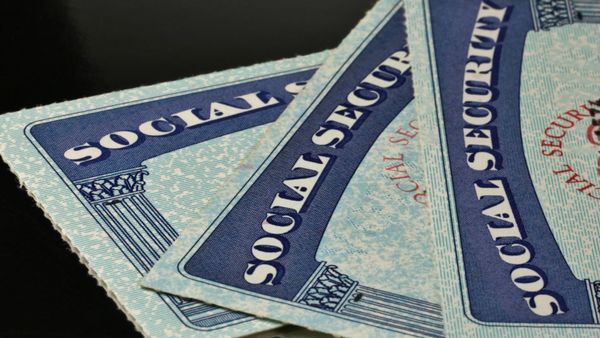It's expensive to run a superpower. In 2012, the United States federal government spent $3.54 trillion on everything in its budget, including defense, (the largest chunk of discretionary spending at $670 billion), Social Security (the largest of the mandatory expenses at $767 billion), Medicare and Medicaid, scientific research, grants for college students and much, much more. Unfortunately, the government only took in $2.45 trillion in taxes, fees and other revenue [source: Congressional Budget Office]. That leaves a budget shortfall of more than $1 trillion, and that trillion dollars is called the deficit.
In simple terms, a budget deficit is the difference between what the federal government spends (called outlays) and what it takes in (called revenue or receipts). The national debt, also known as the public debt, is the result of the federal government borrowing money to cover years and years of budget deficits. We'll talk more about the national debt on the next page.
Advertisement
Since 1973, the federal government has carried a budget deficit in all but two fiscal years, 1999 and 2000. But the massive deficits accumulated since 2009 have put all previous deficits to shame. In the wake of the global financial crisis, the federal government invested heavily to stimulate the faltering economy. The result was the first budget deficit to break $1 trillion in 2009 — $1.4 trillion to be exact — a full three times larger than 2008, the previous record holder [source: CBO]. Thanks to lower spending and higher tax revenue, the 2012 deficit was down to $1.1 trillion, the lowest in four years [source: Lowrey].
The deficit has been a political sticking point for decades. As the nonpartisan Congressional Budget Office explains, there are only two ways to lower the deficit: cut spending or increase revenue. But neither of those solutions is politically popular.
Two of the largest spending obligations of the federal government are Social Security and Medicare, popular programs that support senior citizens during retirement. With the aging of the baby boomer generation, the government will need to spend more on these programs in coming years, but cutting funding to seniors is political suicide.
The other option, raising taxes to shrink the deficit, is also wildly unpopular. To complicate matters, many fiscally conservative congressmen and women have pledged to never raise taxes, leaving little hope for a compromise between spending cuts and increased revenue.
So how does the government come up with the money to pay for programs it can't afford? Borrowing, of course.
Advertisement




